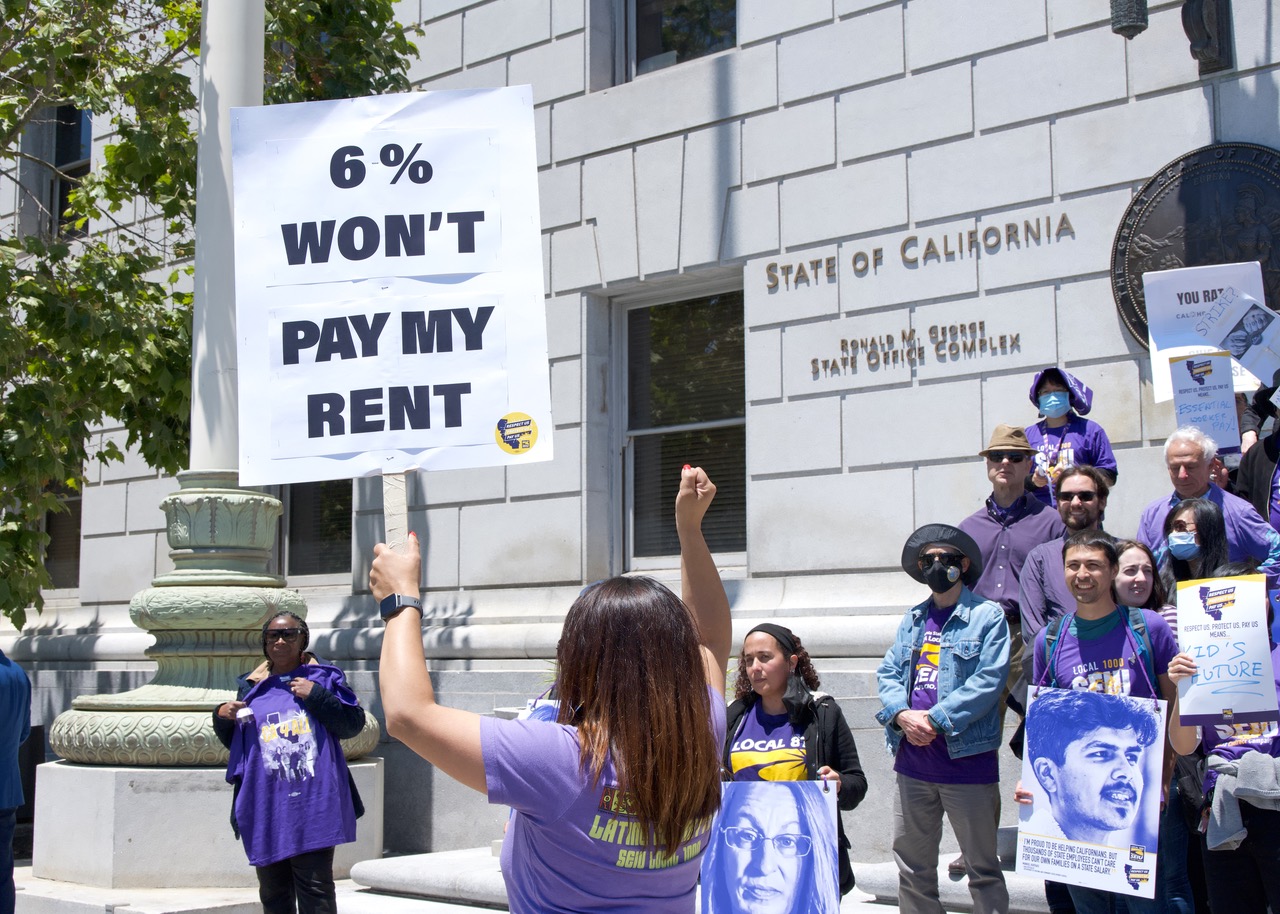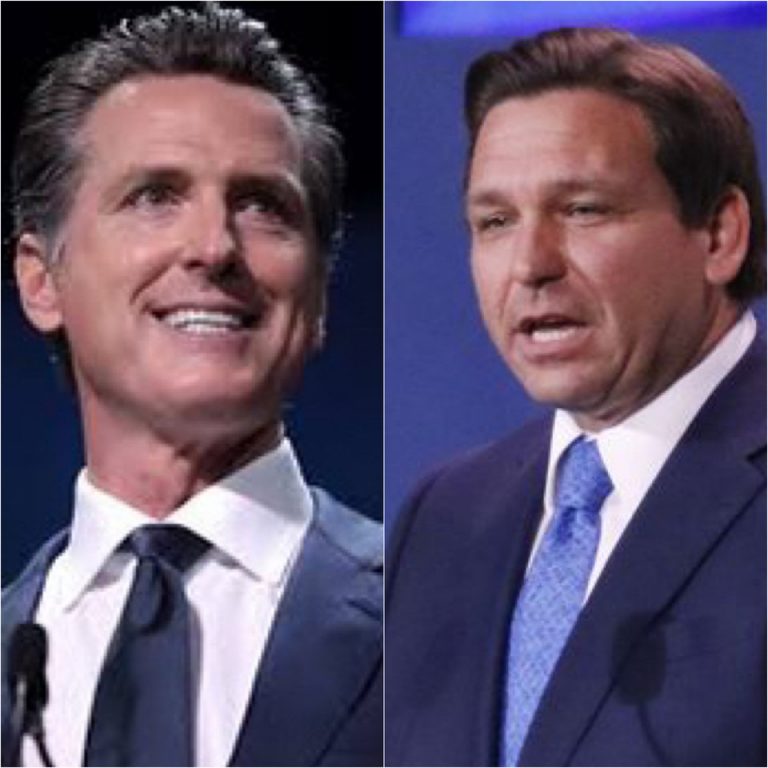SAN FRANCISCO, Calif.—Today, Pacific Gas and Electric Company (PG&E), along with Southern California Edison and San Diego Gas & Electric, proposed a new plan that supports the state’s clean energy goals, protects customer choice and ensures that all electric customers are treated equally.
The proposal offers a replacement to the Power Charge Indifference Adjustment (PCIA) framework, supports continued Community Choice Aggregation (CCA) growth and ensures equity among all customers.
The new proposal finds the right balance for the state’s energy future by:
- Ensuring all customers are treated equally and pay their fair share while maintaining customers’ right to receive service from an alternate energy provider and protecting customers who choose to remain with their utility.
- Sharing the costs and benefits of investments in renewable and hydroelectric resources with the customers for whom the resources were procured or built. This will ensure CCAs continue to grow and that all customers equitably share in the state’s clean energy policy goals.
- Improving the process for sharing costs related to other energy resources by eliminating cost estimates and replacing them with actual costs, with the aim of allocating costs fairly between customers.
“We can achieve the state’s clean energy goals while also supporting customer choice and treating all customers fairly and equally,” said Steve Malnight, senior vice president of Strategy and Policy for PG&E.
Why the PCIA Needs to be Updated
Starting in 2002, California committed to clean energy and the infrastructure needed to deliver it by investing in long-term clean energy contracts that must be paid for over the next 20 years. At the time, this kept energy costs stable for all Californians.
Also in 2002, California’s legislature authorized the formation of CCAs, allowing cities and counties to purchase and/or generate electricity for their residents and businesses. The first CCA began in PG&E’s service area in 2010. Likewise, customers can choose to receive their electricity from other third-party suppliers called Energy Service Providers (ESPs). For both CCA and ESP customers, PG&E continues to deliver the energy and provide meter reading, billing, maintenance and emergency response services.
Today, communities that choose to implement CCA programs or customers that choose ESPs are responsible for the PCIA charge associated with energy resources procured on their behalf. PG&E does not make any money on the PCIA. The PCIA charge is required to ensure that all customers are treated equally and do not pay for other customers’ share of costs.
However, the current PCIA formula has become unbalanced over time due to the growth of CCAs. In 2017, CCA customers only paid approximately 65 percent of the costs associated with the energy resources procured on their behalf. This imbalance required PG&E customers who were not part of a CCA to pay approximately $180 million to subsidize CCA customers. Assuming this trend continues, in the early 2020s this amount is expected to grow to half a billion dollars, which is equal to the current PG&E low-income subsidy.
The full filing can be read here.





